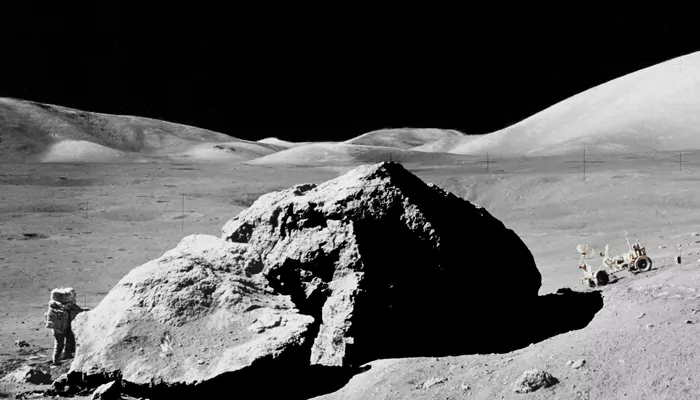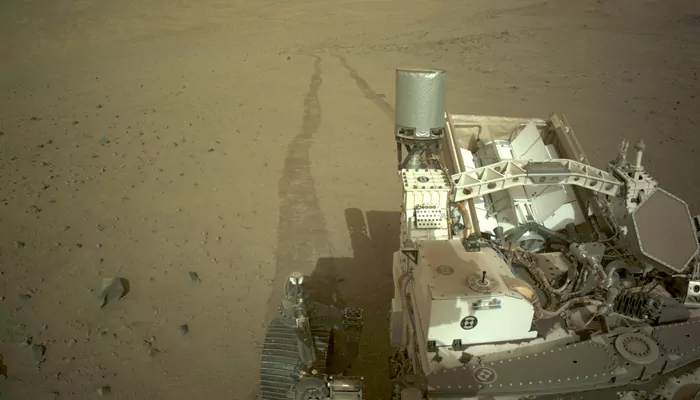
Here are today’s most important updates from the realm of Science and Space.
India's Climate Rollercoaster: Flood-prone Areas Now Battling Drought & Vice Versa
The IPE Global and ESRI-India report has claimed that traditionally flood-prone areas were becoming drought-prone and vice versa. At least 45% of the Indian districts are witnessing this "swapping" trend. Bengaluru Urban (Karnataka), Pune (Maharashtra), Ahmedabad, (Gujarat) Patna (Bihar), and Prayagraj (Uttar Pradesh) districts are witnessing the maximum swapping trends.
The frequency, intensity, and uncertainty of extreme climatic events have increased four times in recent decades. The report mentioned a two-fold rise in drought events across India.
A data-driven holistic approach and informed policy decisions are needed for climate adaptation and resilience.

Dust to Dwellings: Scientists to Take Next Step Toward a Permanent Lunar Base
China is preparing for a lunar base or International Lunar Research Station (ILRS) in collaboration with other space agencies in the 2030s. As carrying materials from earth to moon is highly expensive, scientists are planning to use lunar resources locally implementing in-situ resource utilization (ISRU).
Scientists want to analyze strength and durability of bricks developed from local moon materials sustain in extreme environments. These bricks will be exposed to ultraviolet light and cosmic rays of space environment for three years.

Lost in Space: Oldest Clues of Earth's Ancient Atmosphere
One of the biggest mysteries about Earth's evolution is about was the earliest composition of its atmosphere. After lot of research, scientists came to the conclusion that, the evidence of Earth's ancient atmosphere might be hiding inside the lunar rocks.
As the moon hasn't had any magnetic field for at least 4.36 billion years, it could possibly hold evidence of the ancient Earth, mentioned researchers from University of Rochester.
Magnetic fields are developed through the motion of magnetic materials at the core of any planetary body, protecting the surface from the solar wind. Scientists are now searching those iron-bearing rocks with the record of the cooling and solidification of magnetic field.

Where Did Mars’s Water Go? NASA’s Key Findings to Solve the Puzzle
Data collected from NASA's Hubble Space Telescope and MAVEN (Mars Atmosphere and Volatile Evolution) missions are helping scientists solve the long-standing mystery of escaping water from Mars environment. The atmosphere of Mars is extremely turbulent, as it heats up and cools down in hours. The team discovered that the escape rates of water components (hydrogen and deuterium) change drastically when Mars is nearby to the sun.
"There are only two places water can go. It can freeze into the ground, or the water molecule can break into atoms, and the atoms can escape from the top of the atmosphere into space," explained study leader John Clarke of the Center for Space Physics at Boston University in Massachusetts.



.webp)
.WEBP)
.WEBP)
.webp)
.webp)


.webp)
.webp)
.webp)